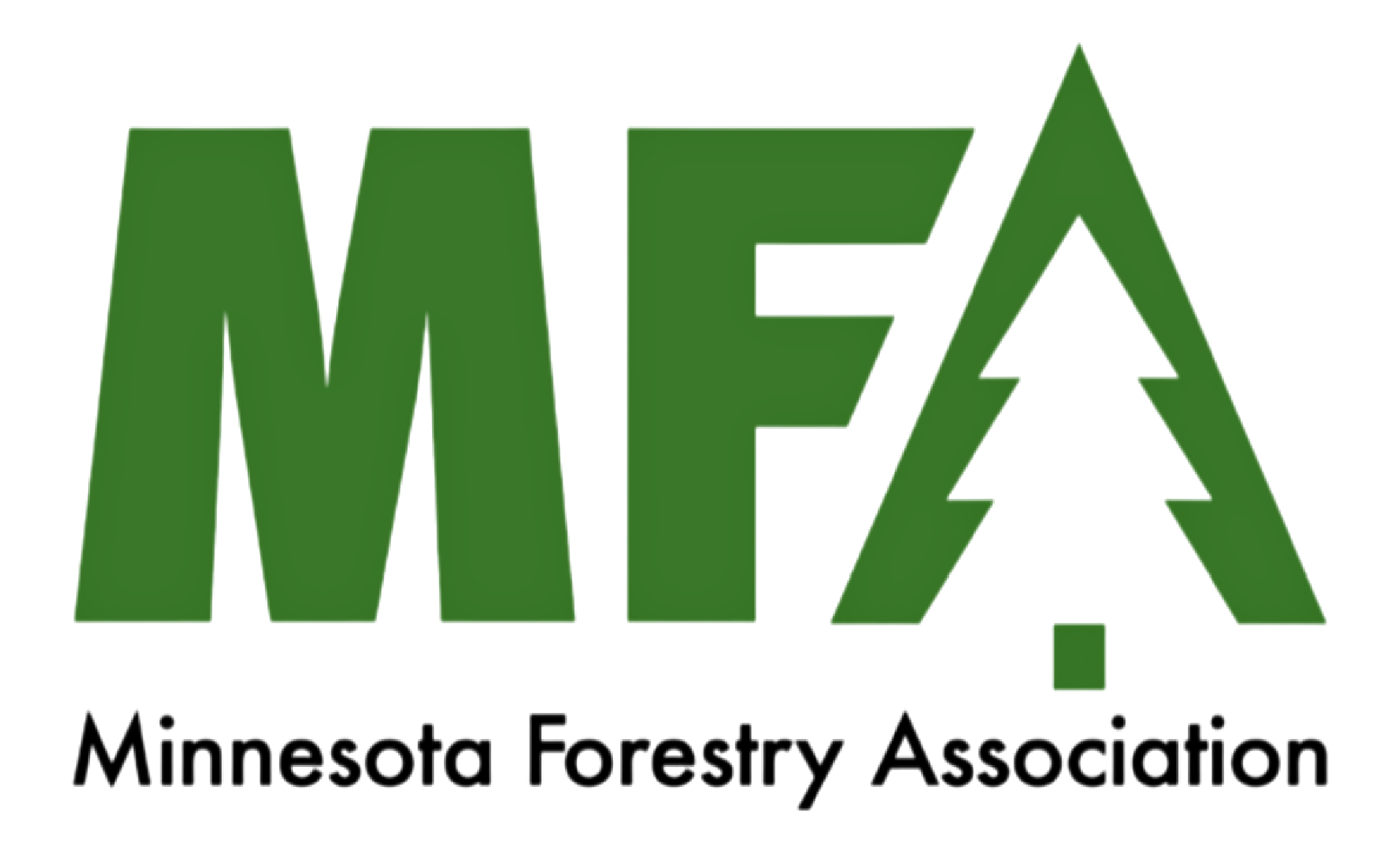Minnesota Woodlands editor: “John, I know you and Mary have done a lot with buckthorn. Since our next issue will feature this pest, I’d like to come out to your place in Delano to talk about what you are doing and take a few photographs of actual work on the buckthorn.”
John Peterson: “You are welcome to come and we’re always happy to share what knowledge we’ve gained about dealing buckthorn. But, if you want photos, we’ll have to go over to our neighbors since we no longer have any on our property.”
Minnesota Woodland editor: “This I gotta see! I’ll be out.”
The land was homesteaded by the Peterson family in 1899 and is currently in a family trust. It is located on Highway 12, just east of Delano. 25 acres of the land is wooded while the rest is cropland and wetland. John and Mary’s home is nestled in the woods, far enough from the highway that one gets the feeling of total privacy yet they are just a mile and a half from a McDonalds.
The Petersons’ buckthorn story began five years ago, in 2007, at a Woodland Advisor class where buckthorn was discussed. John & Mary checked their 25 acres and concluded, “It’s everywhere!” Next came motivation as DNR foresters Art Widerstrom and Alan Olson presented the Petersons with a sign designating their woodland as a Big Woods Heritage Forest. With that John said, “We became motivated to get rid of the buckthorn to help live up to the recognition Art and Alan gave us.”
In 2008, John and Mary went to work. Their first efforts were failures. John tried a foliar spray with 2,4,D but it did nothing. Then he tried cutting a few plants off at ground level but learned they would re-sprout. He tried digging up some smaller buckthorn plants but leaned you have to get nearly 100% of the root or what is left will sprout. Finally, he tried pulling up some larger plants with a Weed Wrench. He found it is easiest to do when the ground is wet but it was still far too much work.
Finally, later in 2008, John and Mary settled on the approach they would follow to complete elimination of their buckthorn: Cut off the stem and, to prevent re-sprouting, immediately treat the stump with a mixture of one part Garlon and two parts base oil. For cutting, they use a chainsaw, lopping shears or hand clipper depending on the size of the stems. A pint-sized oil can is used to apply the Garlon-oil mixture, to the entire stump of small plants and to just the cambium layer of larger plants.
Helpers in the process have been their son, who has a full time career managing rock bands, and John’s mother, Lorraine shown at right, who is 87.
A few other things John & Mary have learned along that way may help others:
The Petersons have worked on their buckthorn in all seasons but the fall is best because buckthorn holds its leaves longer than other plants so it is easy to spot, plus there are no mosquitoes and temperatures are cool.
The female seed-bearing plants (the ones with the berries) are the priority. If John were to start over on the buckthorn project, he’d look for and deal with these plants first to stop reproduction. Young female plants do not produce seeds until the stems are about 3/4 inch, which is about seven years old, so there is plenty of time to go back and deal with the young female and all male plants.
Working in patches of young buckthorn plants, John has determined he can cut and treat 400 per hour. (For us older folks, that means bending over 400 times an hour!)
The process of eliminating buckthorn takes time. With good records of their work, John knows he and Mary invested 200 hours in 2008, 400 hours in 2009 and 500 hours in 2010!
While Garlon is expensive, (about $125 per gallon), the oil can approach to applying the Garlon-oil mixture is very economical. John bought a 2-1/12 gallon jug of Garlon four years ago and still has half of it.
After leaves have dropped, it is hard to distinguish between buckthorn and chokecherry. However, after it is cut, the chokecherry wood is white and the buckthorn wood is more orange. When John does accidentally cut a chokecherry, he just doesn’t treat the stump with Garlon so it will re-sprout.
In working with buckthorn, you never get it all on the first trip through. John and Mary have covered parts of the land five times.
Thanks to John and Mary Peterson for demonstrating that buckthorn can be beaten!



